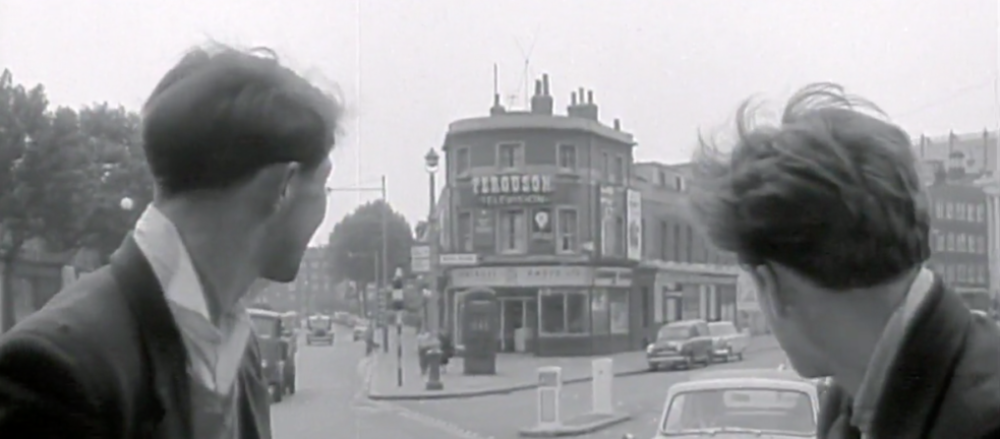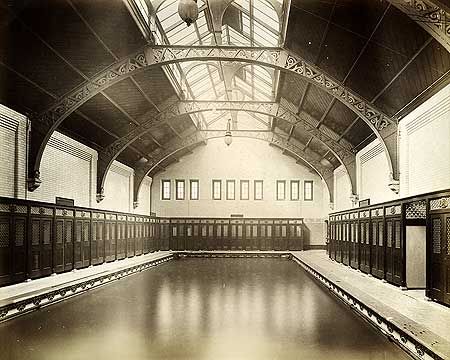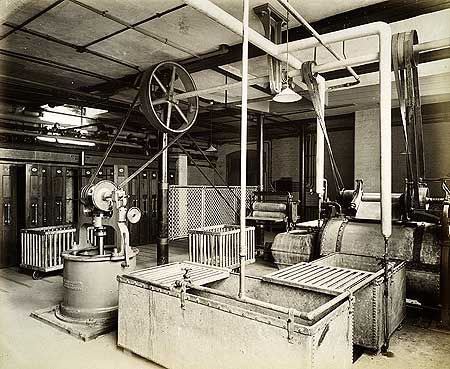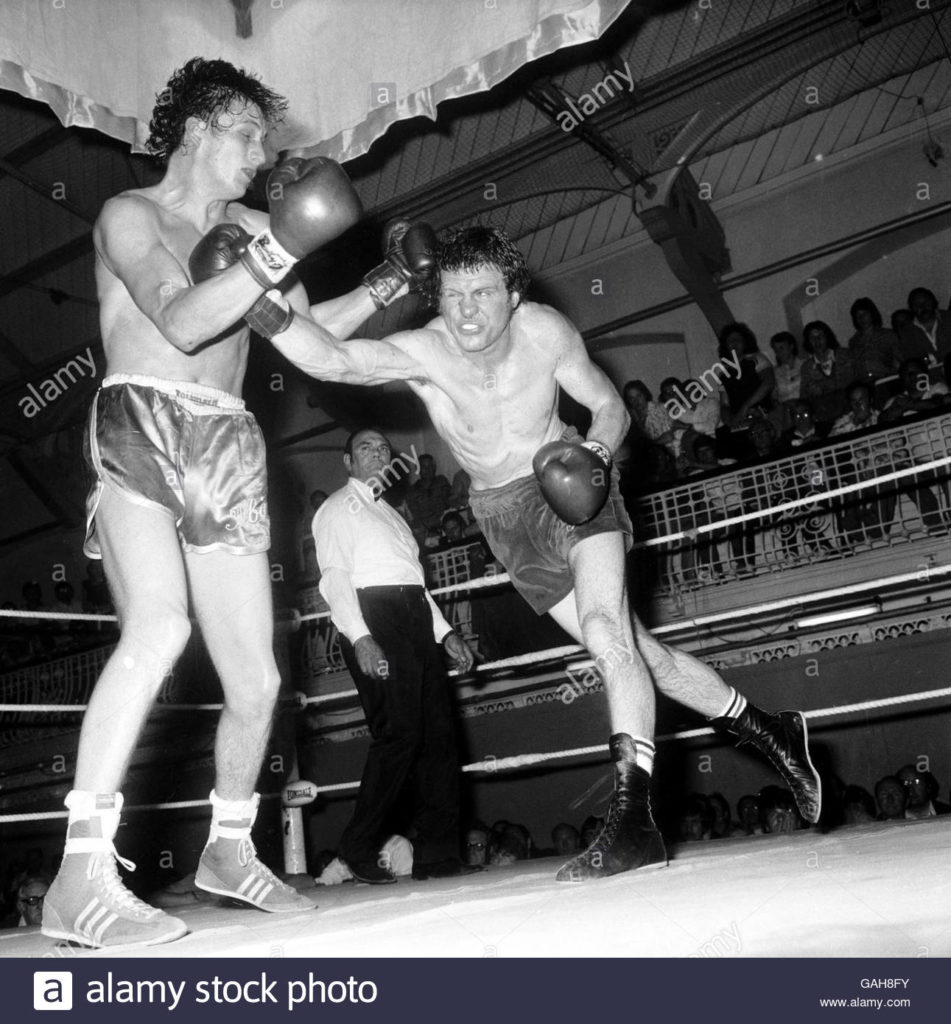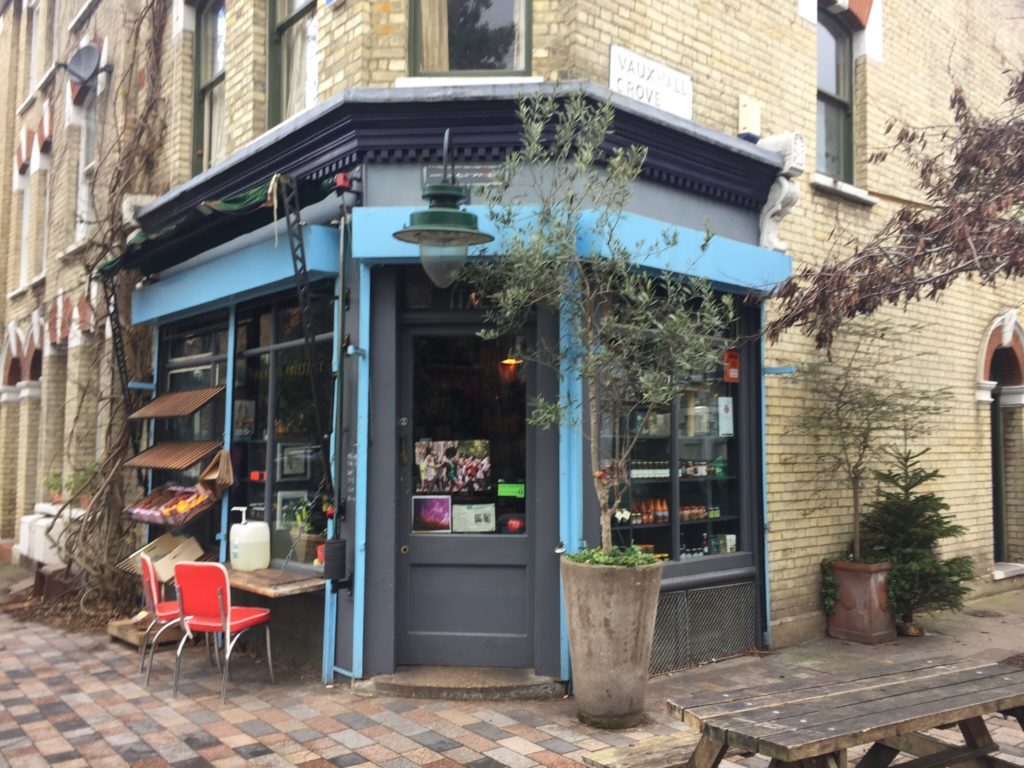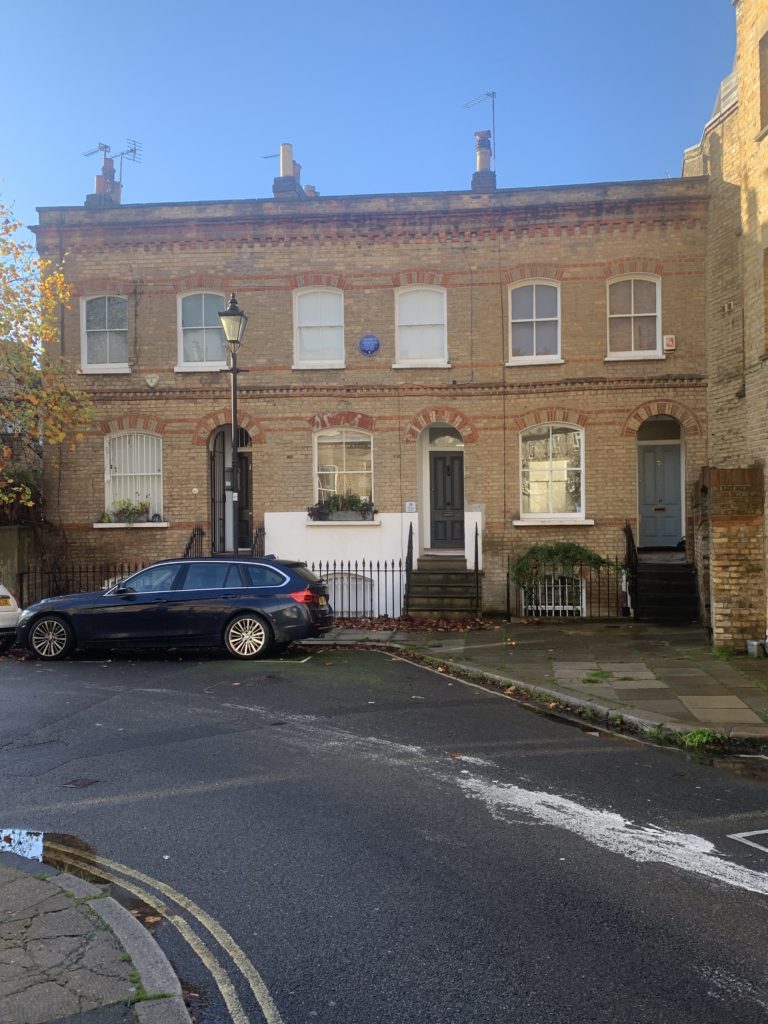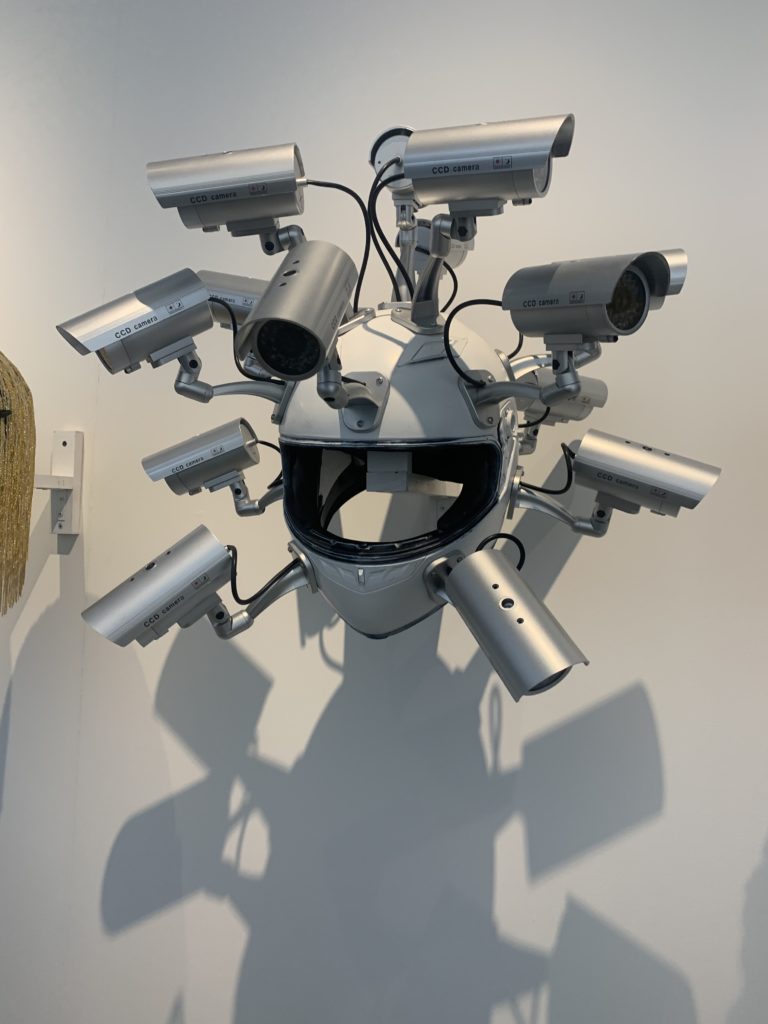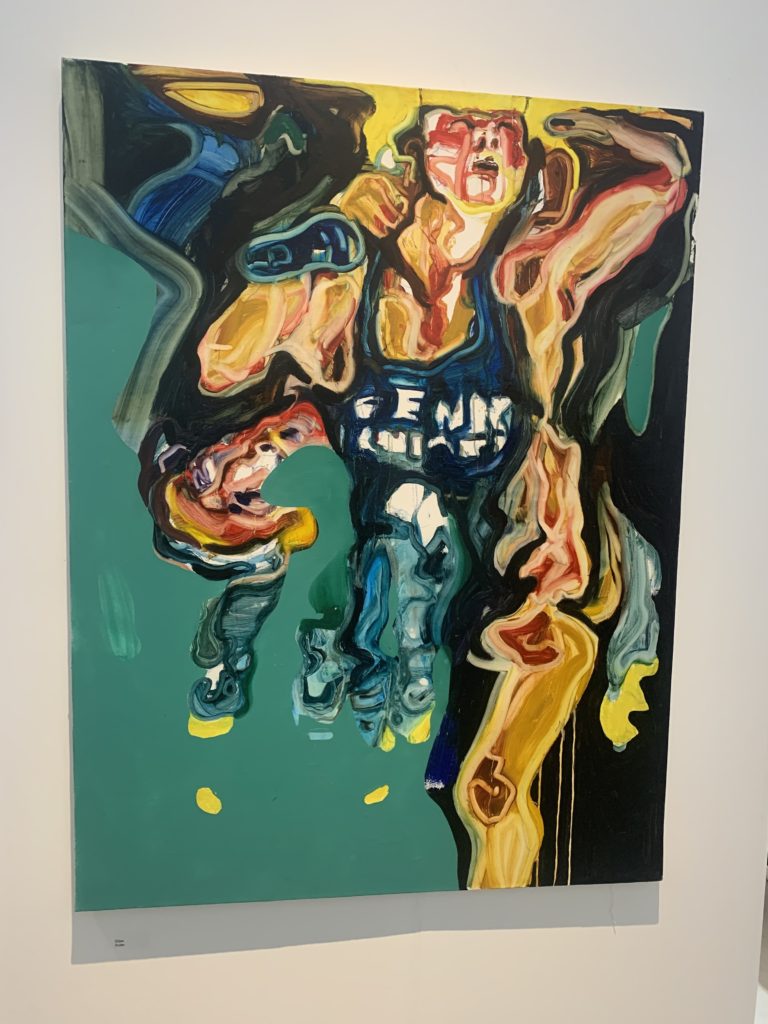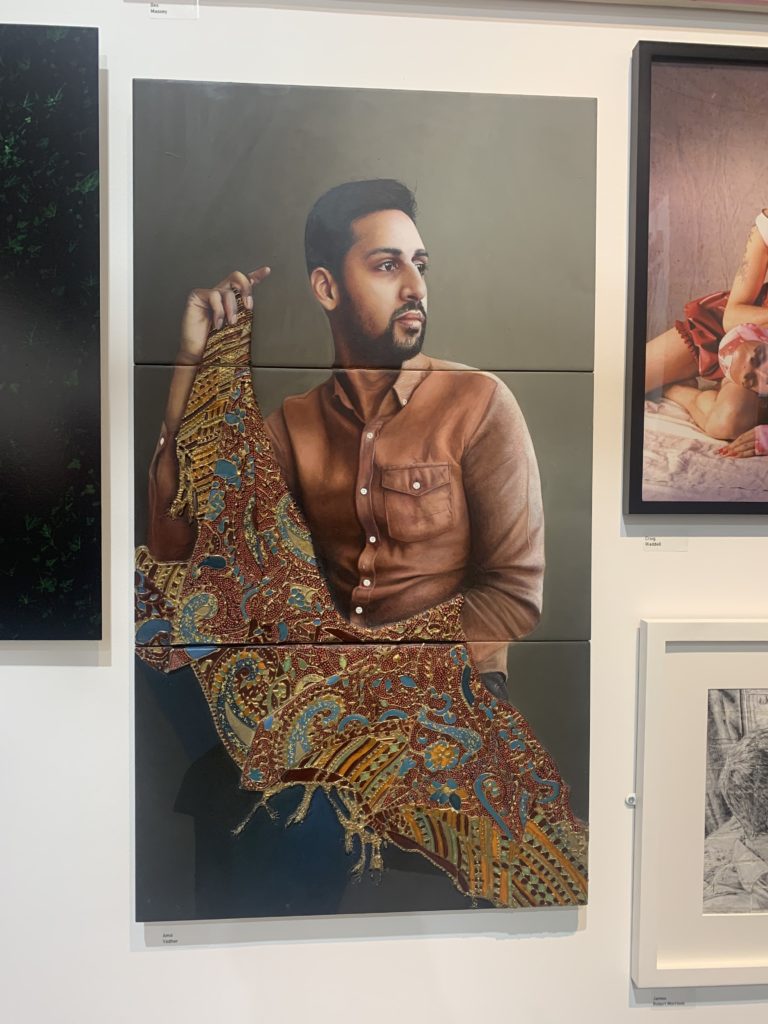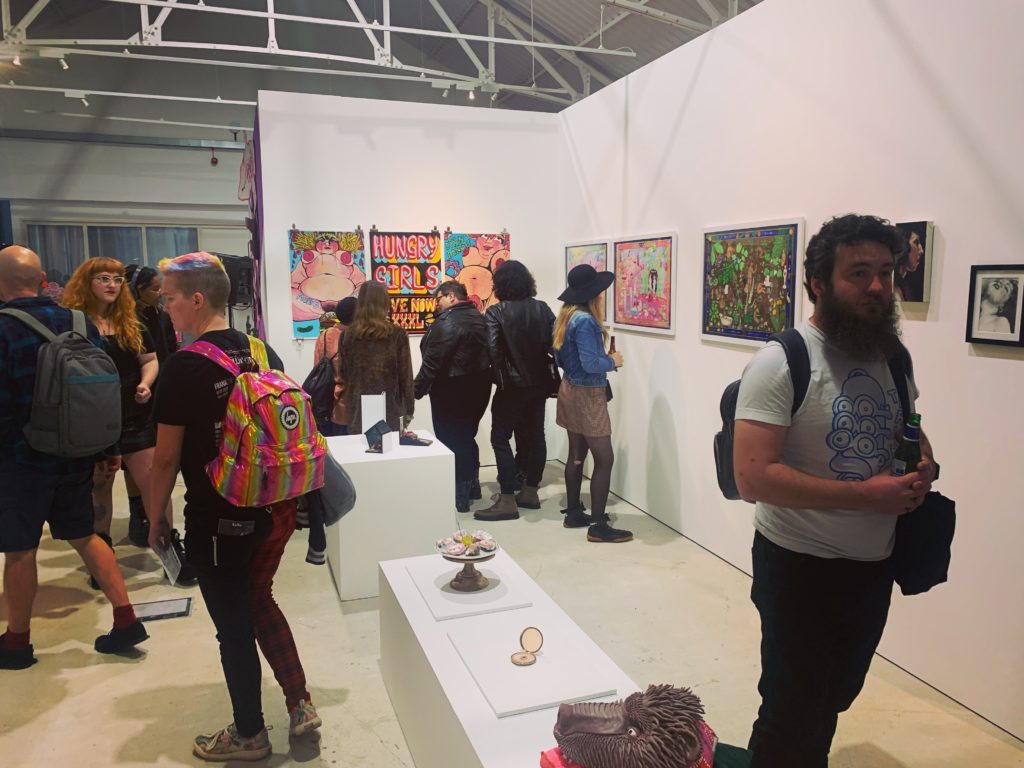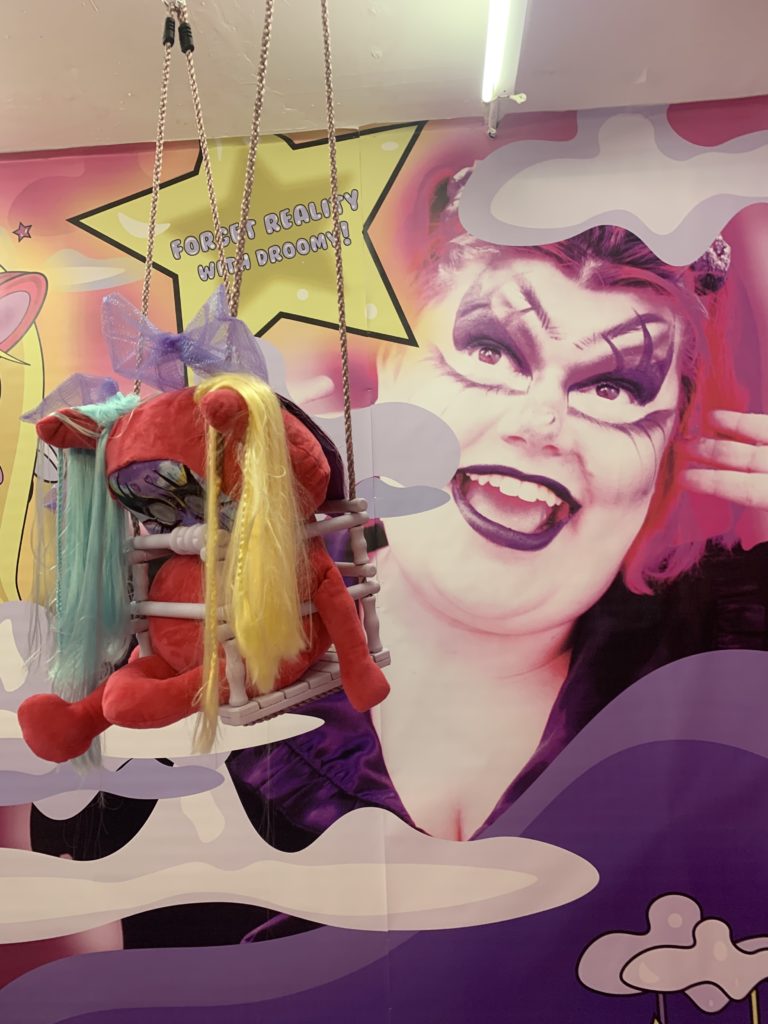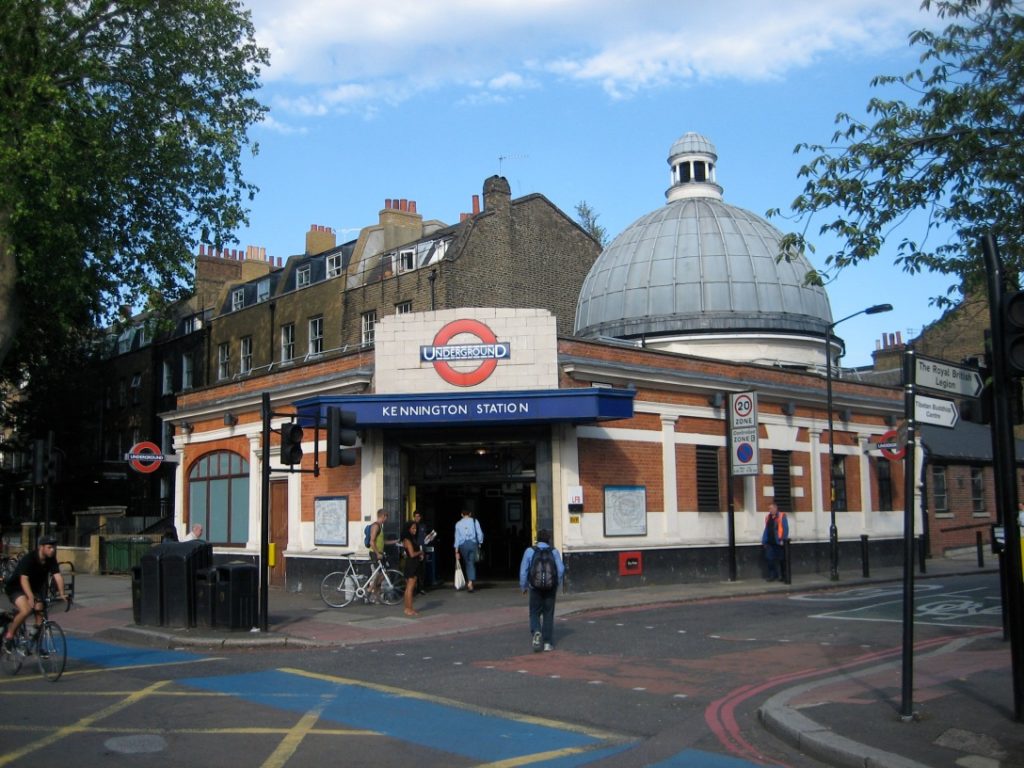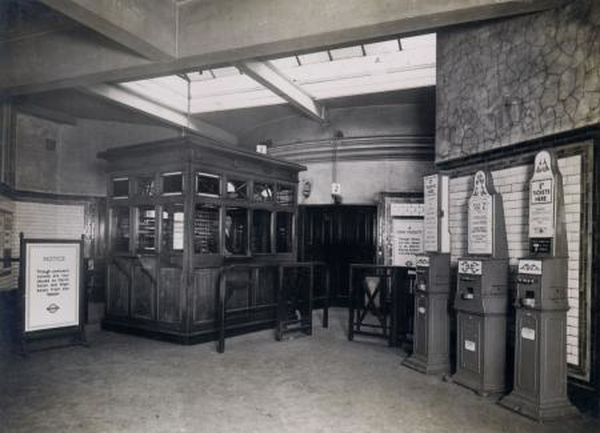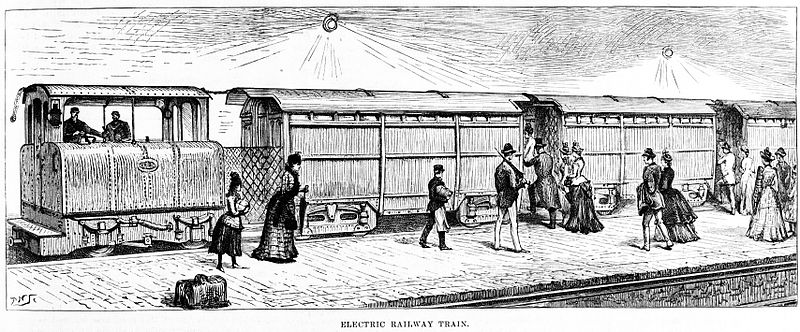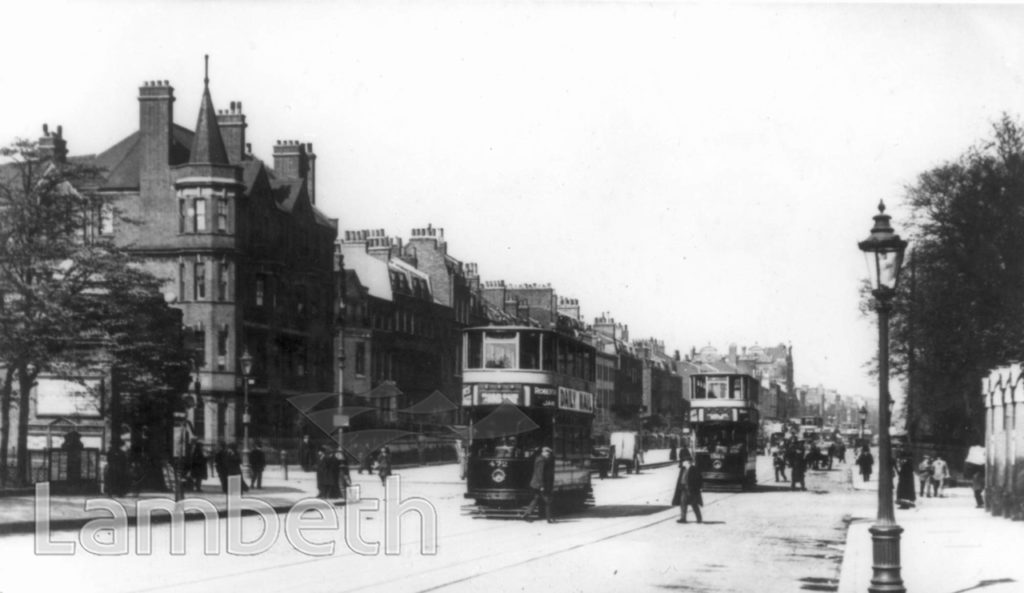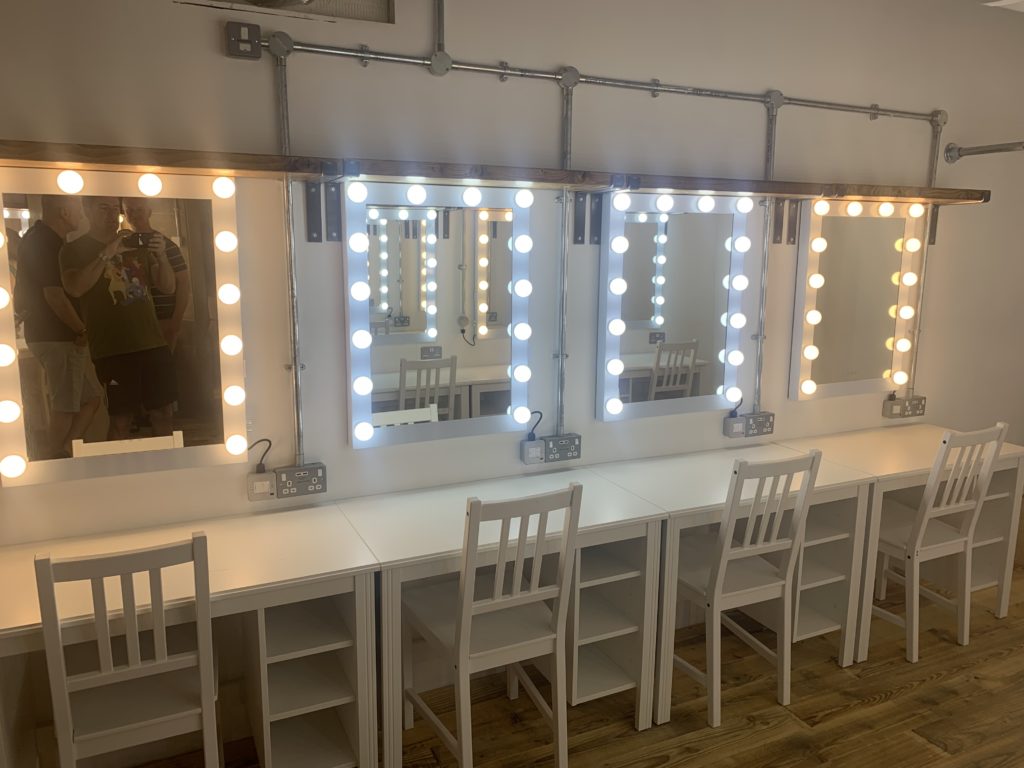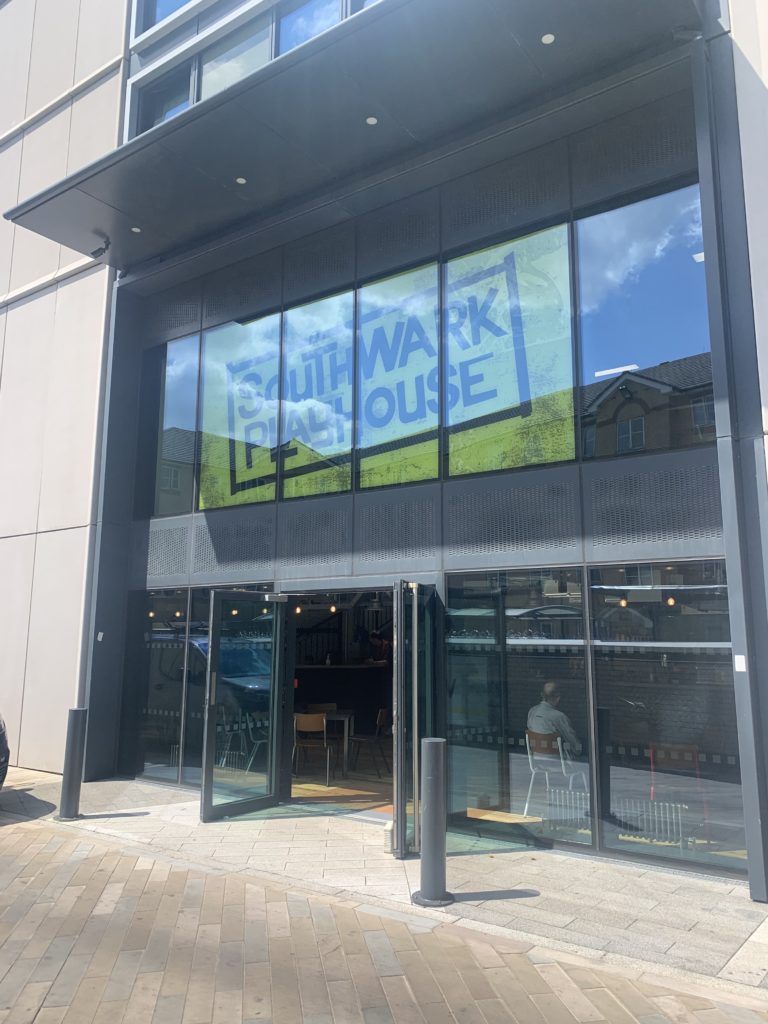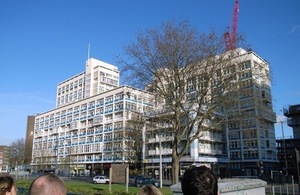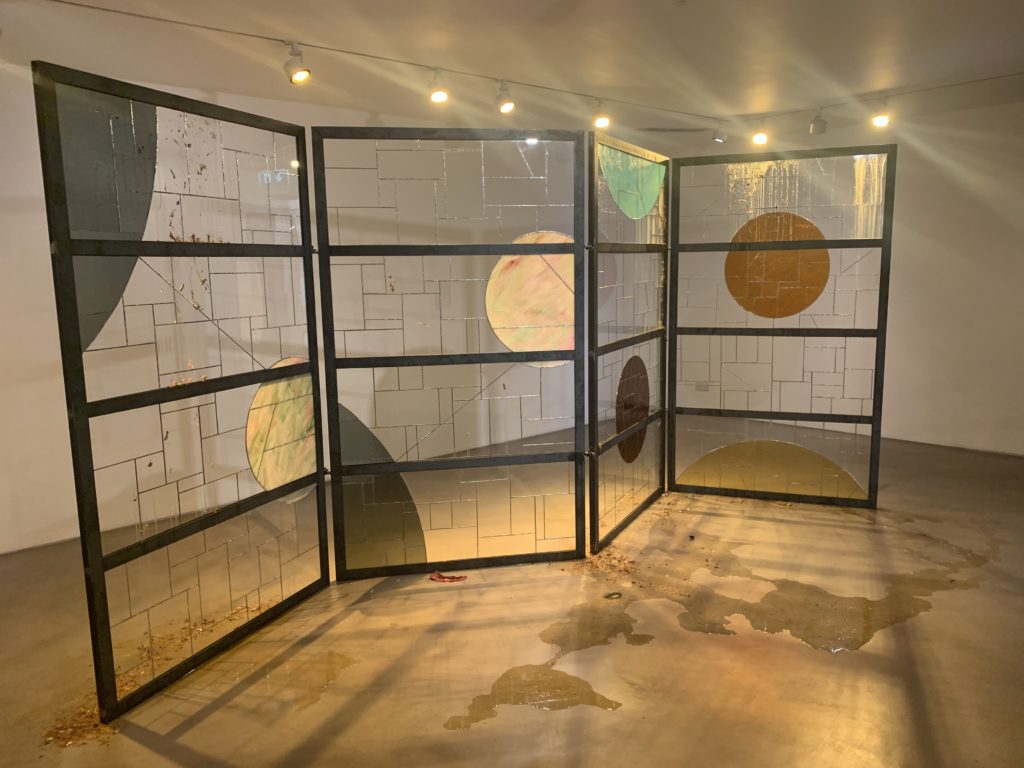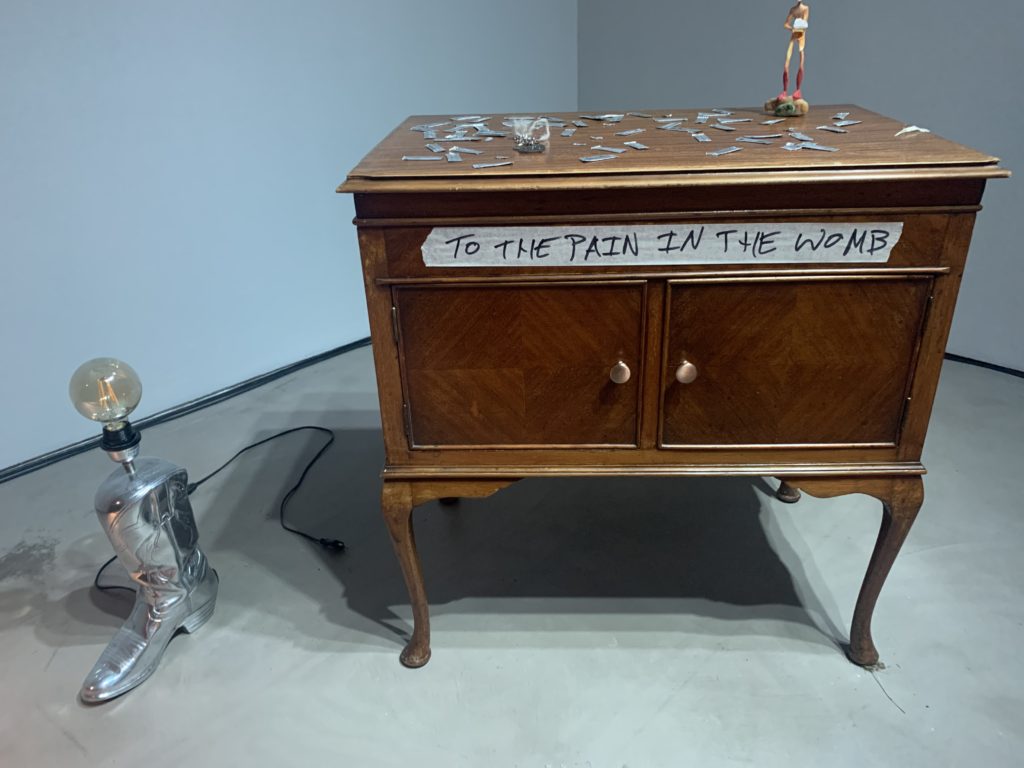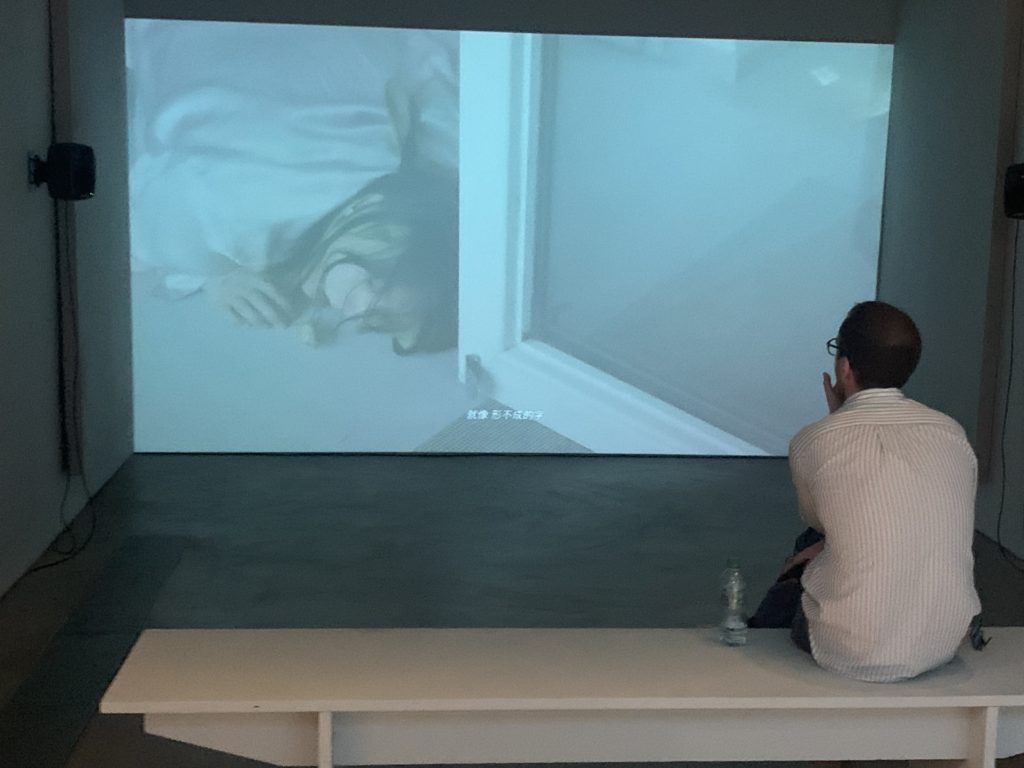From the archives, the second edition of our month of best history posts
Fixate your eyes girls and boys, as we’re about to give you a little potted history of a lovely neo Classical institution in Kennington Lane with a funny badge on the front of it; Imperial Court.
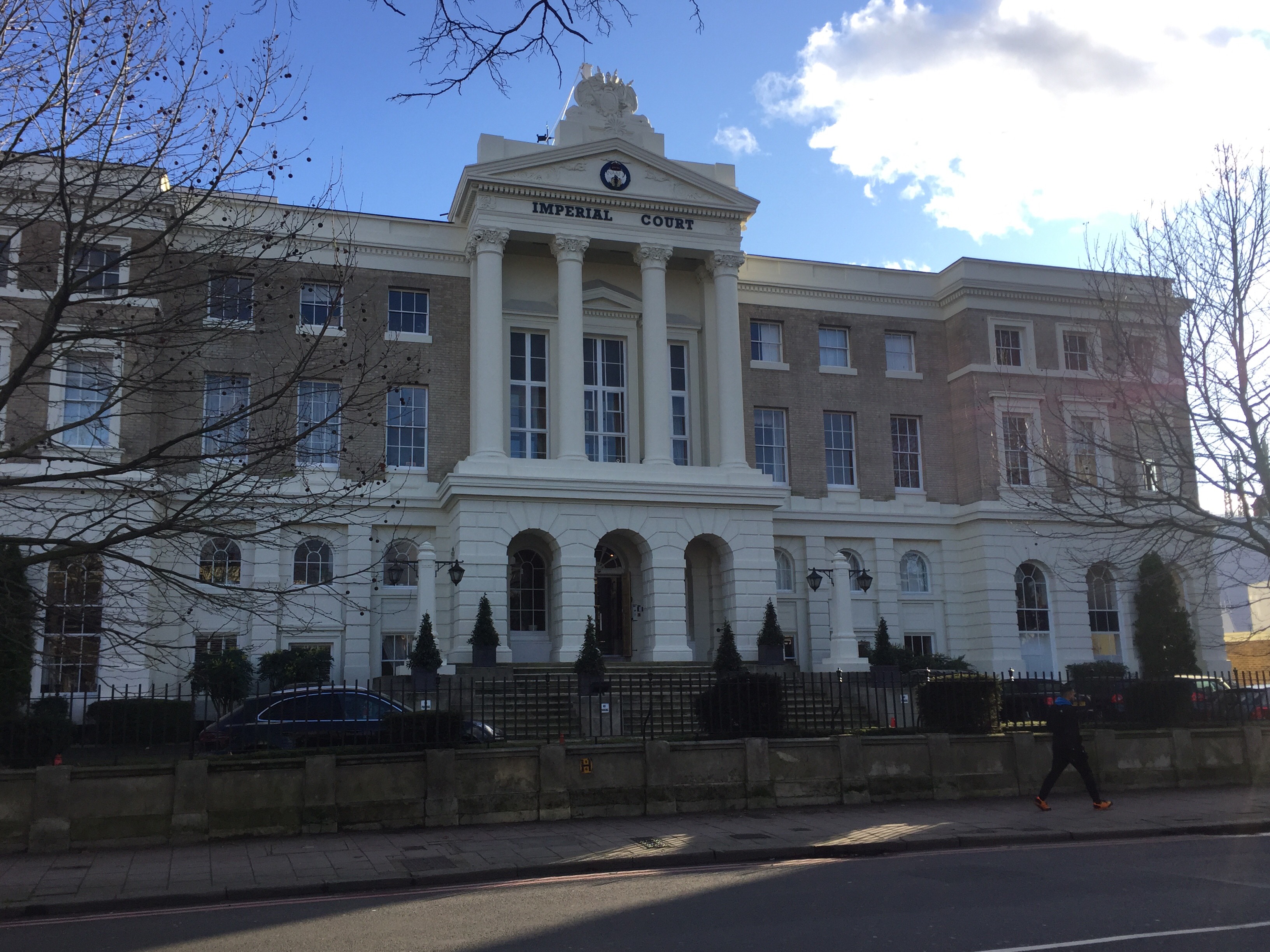
- 1. The Licensed Victuallers School, Kennington Green
In 1794 the Friendly Society of Licensed Victuallers was established to educate the children of publicans affected by long term illness, incapacity, or poverty (take it from Peggy Mitchell, running a pub isn’t easy). As this was the era that proceeded free public education, publicans were keen to ensure their children’s education and well being. The school was so popular that admission was granted exclusively on the basis of a lottery, but over time the school was so oversubscribed that a larger building was required.
The original school was demolished in 1835 and the core of the building we have inherited was erected in 1836 (with extensions in 1890). The school was now able to expand its enrollment from 100 to 250 pupils, both boys and girls. The children were generally taught apprenticeships and educated from the age of 7-12 until they were 15, and then sent on their way with a small bonus for good conduct. The school moved to Slough in 1921.
- NAAFI
Following WW1 The comprehensive welfare of Forces was put into sharp focus, and from 1921 to 1992 Imperial Court again served the public proudly as the headquarters of the Navy, Army, and Air Forces Institutes, or ‘NAAFI’. NAAFI existed (and on a much smaller scale still does) to provide catering and recreational activities needed by the British Armed Forces and their families posted overseas. This included mess services, selling British goods, and organising entertainment and activities.
Providing non combat services to troops and families required trained staff, on a voluntary and on a paid basis. To this extent NAAFI in Kennington served as a training centre for cooks, cleaners, caterers, and people interested in the logistics of getting auxiliary services to people overseas. Training at NAAFI was often undertaken by women, and their work in the war effort is duly celebrated at the Imperial War Museum (keeping it local).

3. Flats
Imperial Court was Grade 2* listed in 1980, so it is luckily beyond the grasp of the wrecking ball. After it was sold in 1992 it was converted into flats and now functions as a home to your neighbours.
